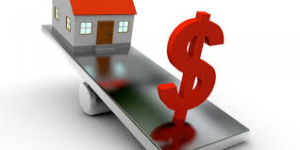What are the benefits of negative gearing?
Negative gearing refers to an investment where the investment has cost more money to hold than the income it produces before the consideration of any capital growth. Currently an income tax benefit may be gained from negative gearing which is attractive to many when considering their investment options however it is important to understand what this concept means and the risks involved.
You may wish to make such an investment if the expected capital growth of the investment is expected to outweigh the after tax yearly cost of holding it.
What is negative gearing?
When it comes to investing, the term ‘gearing’ refers to the borrowing to purchase an asset. Negative gearing occurs when the annual costs of owning the investment outweigh the annual income it generates each year. Negative gearing results in a tax loss, which can potentially be offset against other taxable income to provide current year income tax savings.
Benefits
- An income tax loss generated from negative gearing can be deducted against other taxable income such as salary and wages, reducing the overall taxable income for the year. This can result in a refund or a reduced income tax payable in the annual ATO assessment.
- It allows investors to use leverage to purchase more expensive assets than they could normally afford
- If the investment appreciates in value in time, this could lead to a higher rate of return however it is important to note that should the investment decrease in value then the extent of the losses is also magnified.
- Over time, it can be a way to build wealth and create an income stream under the assumption that the asset value will rise and become positively geared.
- The income tax benefit of the loss is received each year but be aware of the potential capital gains tax which is deferred until the property is sold. The delayed taxing point on the increase in value of the property can have a significant impact on compounding returns over time.
Pro Tip: You need to consider whose name you purchase the asset under. If the property is expected to generate a large negatively geared loss then it would be tempted to purchase the asset in the name of the higher income earning spouse but you also need to consider the potential capital gains tax liability when that asset is sold.
Related blogs:
Pros and Cons of negative gearing
Author: Tayla Walkinshaw
Email: tayla@faj.com.au

